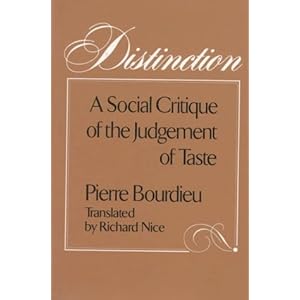First, Dropbox is an online file storage system that is similar to an external hard drive or "cloud" system. Downloading Dropbox and saving a folder to your desktop means that everything saved there is automatically saved and uploaded to your online Dropbox account. When you go to your online Dropbox account, you can manually upload documents (or photos depending how much space you have) to different folders. For me, I use folders to indicate which of my computers the files originated from and this is also where you can "share" folders with friends. I will talk more about the uses of these features below. Before that, I will mention that Dropbox is free for 2GB of memory (a fair amount of space if all you are interested in uploading is documents). Extra space is billed on a monthly/yearly basis from 50GB ($9.99/month) to 1TB ($895/year). These different packages allow for extra data for storage of media files, photographs, and larger documents (to replace an external hard drive). But if you are just saving the essentials, the free version has space. Additionally, referring people or using referral links to sign up will give each person (the one who shared the link and the new sign-up) 500MB of data, which can easily add more free GBs of space to your account and others!
Here are a list of ways that I've used Dropbox to simplify my life:
- Upload a link to a file from your Dropbox to your website (e.g., your C.V.) so that when you save changes to the file on the computer, they are automatically updated on the website
- just click "get link" next to each uploaded file for a unique link to the document that people can see but not edit
- Instead of using Google Docs or emailing tracked changes back and forth, groups can share updated versions of shared projects/documents/brainstorms to a shared Dropbox folder
- Organize research files into folders by ideas, projects, dissertation chapters, conference papers, publications, etc.
- Organize class work into folders that can be accessed anywhere - from your office, home, class, transit, etc. you can even get Dropbox on your phone or tablet!
- Never worry about hard drive failures, computer viruses, lost thumb drives, and keeping track of emailing yourself files
- Share any file quickly by email or print directly from the Dropbox website
- Share photos with friends without uploading everything through email/social media
I would recommend Dropbox especially because of its ease to keep track and organize files that one can access anywhere. Having documents with research ideas combined with PDFs of current literature, slides from a conference presentation of those ideas, etc. can help keep researchers organized and on track of which articles (which I always save by last name) actually belong to each research idea. Have a PDF that belongs in multiple folders? Simply copy it and have the file in multiple places, which can be done with documents as well so different versions will have different changes recorded.
Though I doubt most researchers would need to pay for the service, it is always an option if you have larger and more image-heavy files. Give the free version a try and see if you get use out if it, I think once you upload your files, you will really see how versatile and useful this file storage system is!



